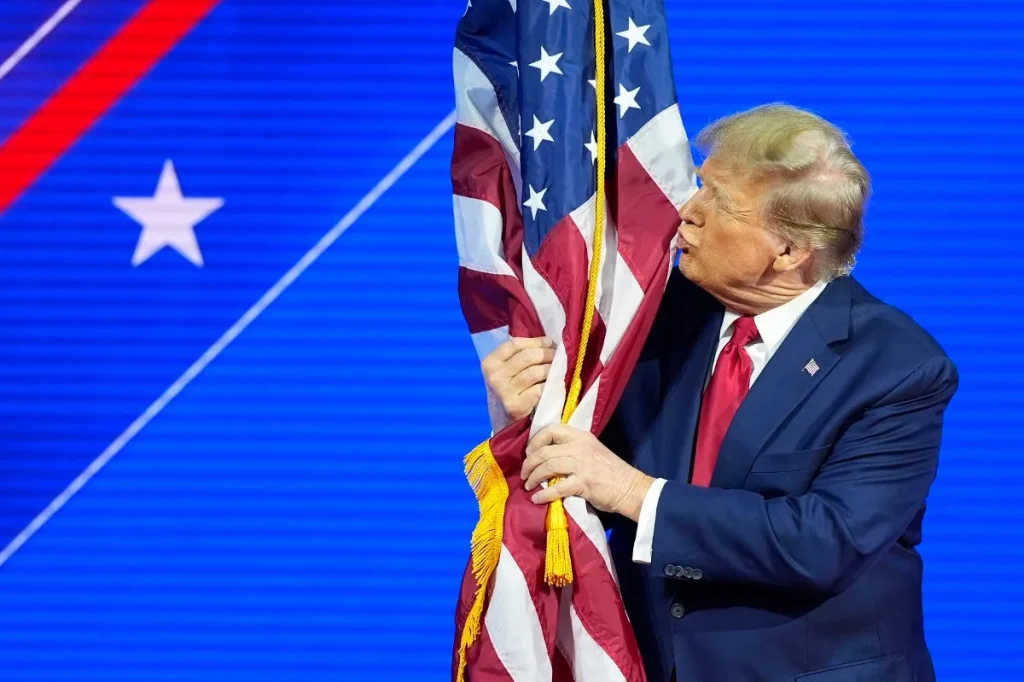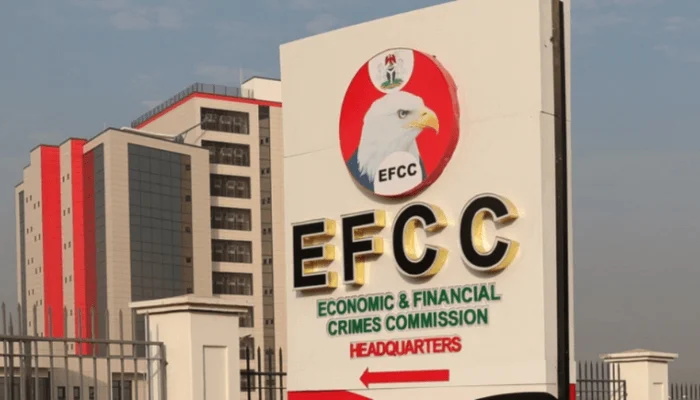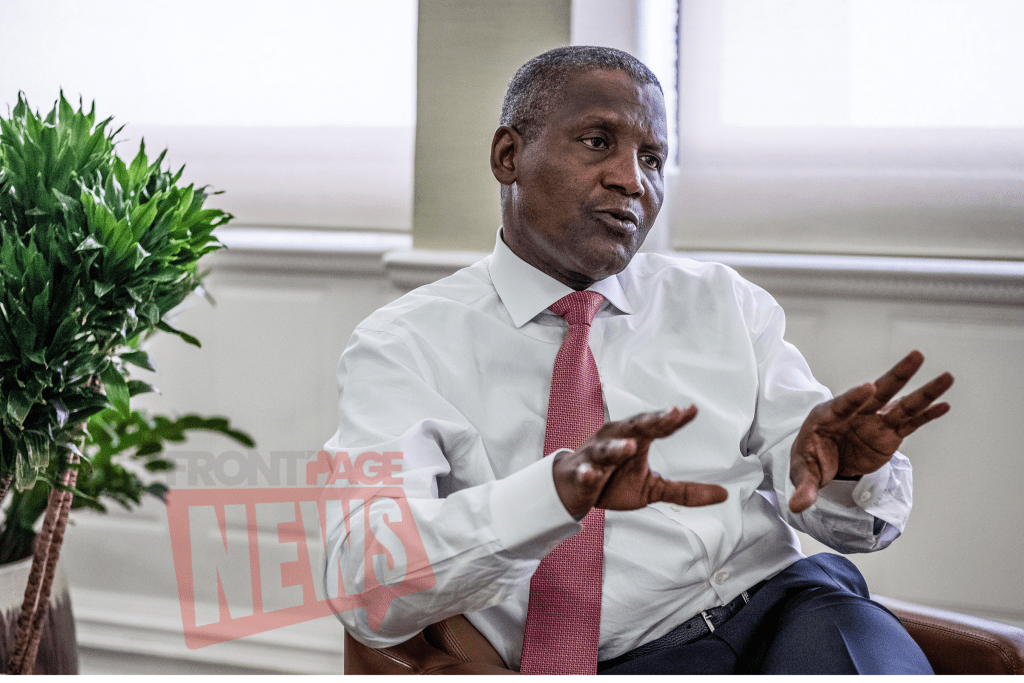The United States is preparing to relaunch a controversial visa bond program that could require certain foreign visitors to pay as much as $15,000 before entering the country on short-term business or tourist visas. Designed to discourage visa overstays, the initiative targets nationals from countries with historically high non-compliance rates.
Initially introduced in the final months of President Donald Trump’s administration, the visa bond policy never saw full implementation. Now, the State Department plans to reintroduce the program, signaling a renewed emphasis on immigration enforcement and visa accountability under current leadership.
Program Details: How It Works
The visa bond program applies specifically to B-1 (business) and B-2 (tourist) visa applicants. Under the new policy, select travelers must post a refundable bond—essentially a security deposit—as a condition of entry into the U.S. The amount can reach up to $15,000, depending on the applicant’s profile and the discretion of the U.S. consular officer handling the case.
The bond aims to serve as a financial guarantee. If the traveler leaves the United States before the visa expires and complies with all terms of their stay, the government will refund the full amount. However, failure to comply—by overstaying, violating visa terms, or disappearing into the undocumented population—would result in forfeiture of the bond.
The State Department emphasized that consular officers will apply this requirement selectively, based on an individual risk assessment. It is not a blanket policy, but a targeted one, meant to deter misuse of the visa system while avoiding unnecessary hardship for legitimate travelers.
Timeline and Implementation
The program will roll out in phases. Once the State Department publishes the list of affected countries in the Federal Register, a 30-day countdown begins. The rule becomes effective 15 days after publication, giving travelers and foreign governments a brief window to prepare.
The pilot program is scheduled to run for 12 months, during which time officials will closely monitor compliance rates, financial impacts, and diplomatic reactions.
Although the list of targeted countries has not been released, the State Department has committed to publishing the names at least two weeks before enforcement begins. Officials are expected to focus on countries where overstay rates exceed established norms or where governments offer limited identity verification or screening capabilities.
Why Now? Policy Goals Behind the Move
According to U.S. officials, the main goal is not to raise revenue but to ensure compliance with visa regulations. The Department of Homeland Security (DHS) reports that tens of thousands of visitors overstay their visas every year, complicating immigration enforcement and undermining trust in the visa process.
By implementing a bond requirement, the U.S. hopes to introduce a financial incentive for visitors to follow the rules. The measure also acts as a deterrent to those who might otherwise ignore visa terms, disappear into the undocumented population, or engage in unauthorized work.
The policy particularly focuses on countries with:
-
High historical rates of visa overstays
-
Weak travel screening or identity verification
-
“Citizenship-by-investment” programs that allow passport sales with minimal or no residency requirements
Officials argue that these factors increase the risk of abuse and justify the added layer of scrutiny.
Criticism: Concerns About Fairness and Accessibility
Despite the stated goals, the visa bond program has drawn criticism from advocacy groups, legal experts, and business leaders. Many argue that the policy places an unfair burden on travelers from economically disadvantaged countries and may deepen existing inequalities in the visa system.
“This isn’t just a financial issue,” one immigration advocate noted. “It sends a message that visitors from certain countries are inherently less trusted, and more heavily policed.” The $15,000 figure is especially daunting for families planning reunions or vacations, as well as for solo travelers from lower-income nations.
Business communities have also expressed concerns. The added cost and uncertainty could discourage entrepreneurs, investors, and professionals from visiting the U.S. for short-term conferences, trade shows, or business meetings. In an increasingly competitive global market, some worry that the policy might strain commercial relationships and reduce U.S. appeal as a business destination.
“It’s a deterrent for legitimate travelers,” said a representative from a U.S. Chamber of Commerce affiliate. “While we understand the need for security and enforcement, there must be a balance that doesn’t penalize genuine visitors.”
Legal and Diplomatic Implications
On the diplomatic front, the visa bond initiative could generate friction with countries placed on the list. Governments may view the policy as discriminatory or retaliatory, particularly if they believe the U.S. is unfairly singling out their citizens.
Critics also warn that the program could set a precedent, encouraging other countries to impose similar financial barriers on U.S. travelers in response. That risk of reciprocity could complicate international mobility and weaken global cooperation on immigration matters.
From a legal standpoint, the bond program resides within the broad authority of the U.S. State Department and the Executive Branch to regulate visa issuance. While it is not subject to Congressional approval, lawsuits could emerge if applicants or organizations challenge the policy on grounds of discrimination or unreasonable financial hardship.
History: A Policy with Political Roots
The concept of visa bonds is not entirely new. The U.S. has previously considered similar approaches, but the Trump administration formalized the idea in late 2020, publishing an interim rule during its final months in office. However, logistical and political challenges prevented full implementation.
By reviving the plan now, the current administration is signaling a bipartisan commitment to stricter immigration enforcement, even as broader debates over asylum, border security, and undocumented populations continue to divide lawmakers.
Although immigration remains one of the most contentious issues in U.S. politics, policies targeting visa overstays often receive stronger consensus, particularly when framed around national security and procedural compliance.
What Travelers Need to Know
For now, the bond requirement remains limited to select travelers and is subject to final rule publication. Travelers from potentially affected countries should:
-
Monitor State Department announcements closely
-
Consult with legal or immigration professionals before applying
-
Prepare for the possibility of a $15,000 bond request
The policy does not replace existing visa application procedures. All standard documentation, interviews, and fees still apply. The bond comes in addition to the normal visa processing requirements and should be treated as a conditional deposit, not a penalty or fine.
Applicants flagged for the bond will receive detailed instructions from consular officials, including how to submit payment and how to request refunds if they comply with visa terms.
Looking Ahead
As the 12-month pilot unfolds, U.S. officials will gather data to evaluate the bond’s effectiveness in reducing visa overstays and strengthening travel security. Key metrics will include:
-
Overstay reduction rates
-
Application withdrawal numbers
-
Diplomatic feedback
-
Administrative costs
If the program proves effective, the State Department could extend or expand it. However, a poor reception or minimal impact could lead to another rollback.












